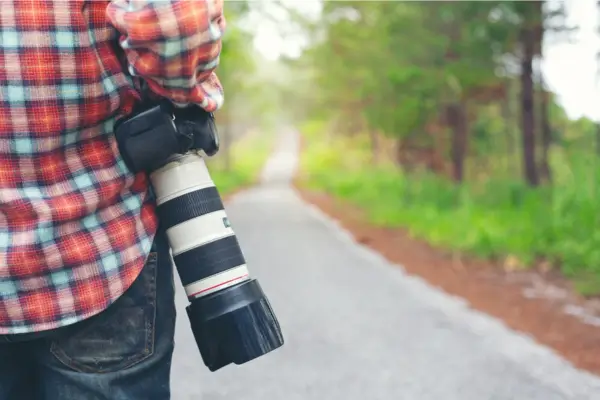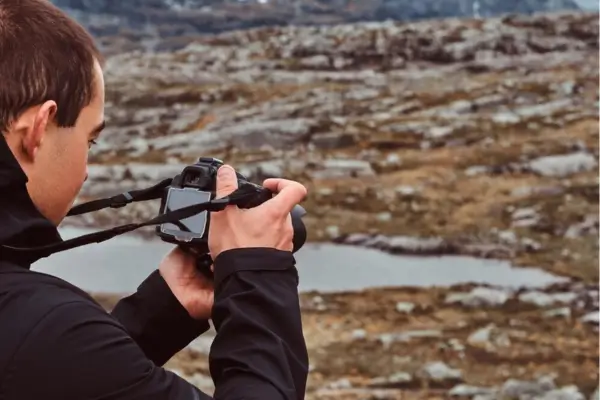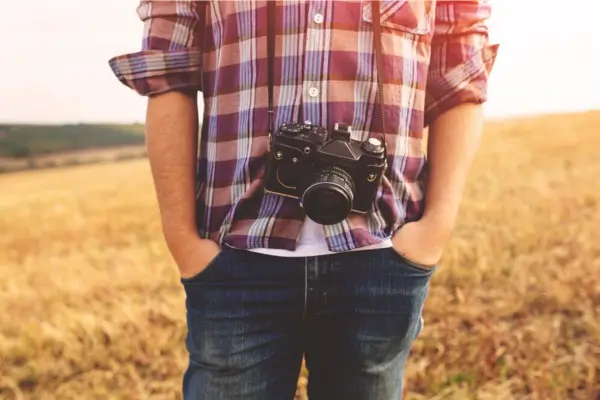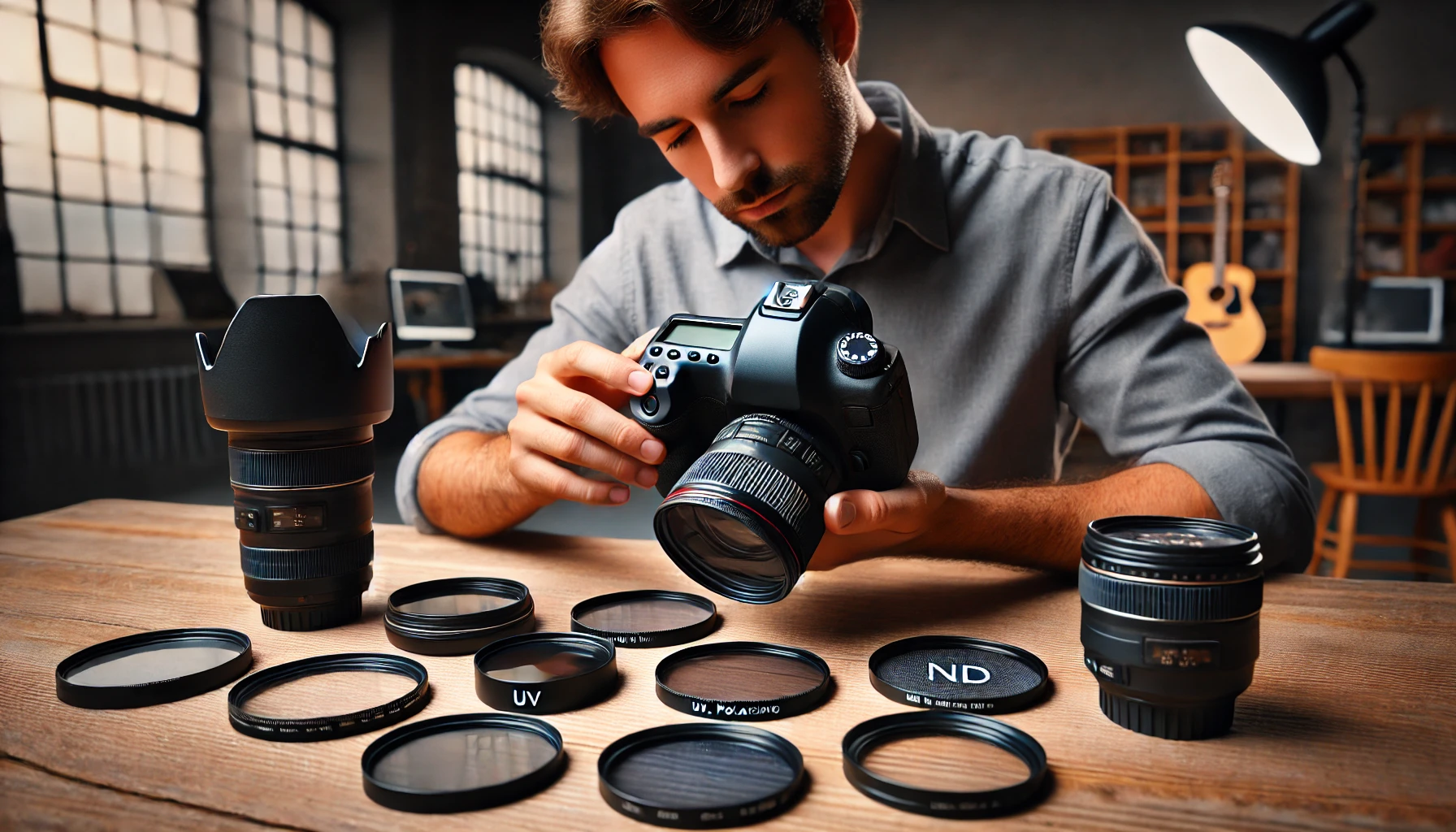In the world of photography, camera filters have long been essential tools for enhancing image quality and achieving specific creative effects. These accessories, typically made of glass or resin, attach to the front of a camera lens and help control light, reduce glare, and enhance colors. From professional photographers to hobbyists, many still swear by their usefulness.
However, with the rise of advanced digital editing software, some question whether physical filters are still necessary. Can post-processing achieve the same effects? Or do filters offer unique benefits that software simply can’t replicate?
In this article, we’ll explore whether camera filters are worth the investment, when they are most useful, and how to use them effectively to elevate your photography. Whether you’re a beginner or an experienced photographer, understanding the role of filters can help you make more informed decisions about your gear.

What Are Camera Filters?
Camera filters are accessories that attach to the front of a camera lens to modify how light enters the sensor. They can enhance image quality, reduce glare, control exposure, and create artistic effects that would be difficult to achieve in post-processing. While digital editing has advanced significantly, physical filters remain essential tools for many photographers, especially those who specialize in landscape, portrait, or long-exposure photography.
Types of Camera Filters and Their Functions
- UV (Ultraviolet) Filters
- Originally designed to reduce the haze caused by ultraviolet light, especially in film photography.
- In digital photography, they are mostly used as a protective layer for the lens rather than for image enhancement.
- ND (Neutral Density) Filters
- Reduce the amount of light entering the lens without affecting color balance.
- Essential for long-exposure photography, allowing for motion blur effects in waterfalls, clouds, and cityscapes.
- Used to shoot with wide apertures in bright conditions, maintaining a shallow depth of field.
- Polarizing Filters
- Reduce reflections and glare from non-metallic surfaces like water and glass.
- Improve color saturation and contrast, making skies appear deeper blue and foliage more vibrant.
- Widely used in landscape photography to enhance clarity and richness.
- Graduated ND Filters
- Similar to ND filters but with a gradient that transitions from dark to clear.
- Ideal for balancing exposure in high-contrast scenes, such as bright skies and darker foregrounds.
- Color Filters
- Alter the color balance of an image by adding warm or cool tones.
- More commonly used in film photography and creative projects.
- Soft Focus and Diffusion Filters
- Soften the image slightly, reducing sharpness and creating a dreamy, ethereal look.
- Popular in portrait photography to smooth skin tones and reduce blemishes.
How Filters Affect Image Quality
Using filters can enhance images in ways that digital editing often struggles to replicate. For example, a polarizing filter can instantly cut glare and boost saturation without the need for extensive post-processing. Similarly, ND filters allow for precise control over exposure, enabling effects like silky waterfalls or streaking clouds that would be challenging to recreate digitally.
However, poor-quality filters can introduce unwanted side effects such as vignetting, color casts, or image softness. High-quality, multi-coated filters help preserve image sharpness and color accuracy while reducing unwanted reflections.
In summary, camera filters play a crucial role in shaping the final look of an image. While they may not be necessary for every photographer, they remain invaluable tools for those who want to achieve specific creative effects or enhance image quality directly in-camera.
Are Camera Filters Worth It?
Camera filters have been a staple in photography for decades, but with the rise of powerful editing software, many photographers wonder if they are still necessary. While some effects can be replicated in post-processing, filters offer advantages that digital edits cannot fully replace. Let’s explore the pros and cons of using camera filters and when they truly make a difference.
Pros and Cons of Using Camera Filters
✅ Pros:
- Enhance image quality at the moment of capture – Filters allow you to control light and color directly in-camera, reducing the need for extensive editing.
- Reduce reflections and glare – Polarizing filters, for example, cut down reflections on water and glass, making images clearer.
- Improve dynamic range – Neutral Density (ND) filters help balance exposures, especially in bright conditions.
- Enable creative effects – Soft-focus filters, diffusion filters, and color-enhancing filters provide artistic effects without digital manipulation.
- Protect the lens – UV filters act as a barrier against dust, scratches, and accidental damage.
❌ Cons:
- Additional cost – High-quality filters can be expensive, especially if you need multiple types.
- Can cause image degradation – Cheap filters may introduce color casts, reduce sharpness, or create unwanted flares.
- Inconvenience – Changing filters in the field takes time and may slow down shooting.
- Some effects can be replicated digitally – Many adjustments, such as color correction or adding vignettes, can be done in post-processing software.
Filters vs. Post-Processing: Which Is Better?
While modern editing software like Adobe Lightroom and Photoshop can replicate certain filter effects, they have limitations. Some key differences include:
- Light Control: Software can’t recover lost details in overexposed skies as effectively as a properly used ND filter.
- Reflections & Glare: Removing reflections in post-processing is difficult and often unnatural, while a polarizing filter can handle it instantly.
- Long Exposure Effects: ND filters allow for long-exposure photography (e.g., silky water or blurred motion) that software cannot replicate realistically.
- Image Quality: Editing can introduce noise and artifacts, whereas filters allow for better in-camera results.
In summary, while software is powerful, filters provide real-time control over lighting and exposure that editing alone cannot match.
Scenarios Where Filters Make a Real Difference
- Landscape Photography – Polarizing filters reduce haze and enhance colors, while ND filters allow for long exposures of waterfalls, clouds, and waves.
- Portrait Photography – Soft-focus and diffusion filters create a dreamy look, reducing the need for excessive skin retouching.
- Bright Outdoor Conditions – ND filters prevent overexposure when shooting in harsh sunlight, especially for video and long exposure shots.
- Night Photography & Light Trails – ND and graduated filters help balance exposure between bright artificial lights and darker sky elements.
- Reflection Control – When photographing water, glass, or metallic surfaces, a polarizer can dramatically improve image quality.
Are camera filters worth it? If you’re serious about photography and want the best in-camera results, investing in quality filters is a smart choice. While software editing is a powerful tool, certain effects—such as reducing reflections, balancing exposures, and creating stunning long-exposure shots—are best achieved with physical filters.

When Should You Use Camera Filters?
Camera filters can enhance your photography in various situations where natural lighting conditions or specific creative effects are difficult to achieve through post-processing alone. Here are some key scenarios where using filters can make a significant difference:
Landscape Photography (ND and Polarizing Filters)
Landscape photographers often rely on Neutral Density (ND) and polarizing filters to improve image quality and achieve creative effects:
- ND Filters: These filters reduce the amount of light entering the lens, allowing for longer exposure times without overexposing the image. This is particularly useful for capturing smooth, misty waterfalls, silky ocean waves, or dramatic cloud movement in time-lapse photography.
- Polarizing Filters: These filters cut down reflections and glare from surfaces like water and glass while also enhancing colors. They help make skies appear richer in contrast and increase saturation in green landscapes, making outdoor scenery more vibrant and visually appealing.
Portrait Photography (Soft-Focus and Diffusion Filters)
In portrait photography, certain filters can help achieve a flattering, professional look:
- Soft-Focus Filters: These slightly blur fine details, reducing the appearance of blemishes and wrinkles while creating a dreamy, ethereal effect.
- Diffusion Filters: These filters scatter light subtly, adding a soft glow to skin tones and highlights without losing sharpness. They are often used in fashion and beauty photography to create a polished yet natural look.
Harsh Lighting Conditions and Long Exposure Photography
Filters can be essential when dealing with extreme lighting conditions that may otherwise compromise image quality:
- Bright Sunlight: When shooting in midday sunlight, ND filters help prevent overexposure, enabling better control of depth of field and motion blur.
- Long Exposure Photography: To capture artistic effects such as streaking car lights at night, ND filters allow for slower shutter speeds without overexposing the image.
- Golden Hour and Sunset Shots: Graduated ND filters help balance exposure between bright skies and darker landscapes, preventing the sky from being overly bright while retaining detail in the foreground.
By knowing when and how to use camera filters, photographers can elevate their work, achieving results that would be difficult to replicate through editing alone. Whether you’re shooting landscapes, portraits, or challenging lighting conditions, the right filter can be a game-changer.

How to Use Camera Filters Effectively
Using camera filters correctly can significantly enhance your photography, but improper use can lead to unwanted distortions, vignetting, or image degradation. Here’s how to get the most out of your camera filters.
Choosing the Right Filter for the Right Situation
Different filters serve distinct purposes, so selecting the right one for your shooting conditions is essential:
- UV Filters: Best for protecting your lens from dust, scratches, and minor impacts. While they don’t significantly impact image quality, they are useful for safeguarding expensive lenses.
- Polarizing Filters: Ideal for reducing glare and reflections on water, glass, and other reflective surfaces. They also enhance color saturation in landscapes, making skies appear deeper blue and foliage more vibrant.
- Neutral Density (ND) Filters: Necessary for long-exposure shots in bright conditions, such as creating smooth waterfalls or capturing motion blur in cityscapes. They allow slower shutter speeds without overexposing the image.
- Graduated ND Filters: Useful for balancing exposure in high-contrast scenes, such as bright skies and dark landscapes, ensuring a more evenly lit photo.
- Special Effect Filters: Soft-focus filters add a dreamy look, while color filters can enhance or correct tones in black-and-white photography.
By understanding your environment and the effect you want to achieve, you can choose the most appropriate filter for the job.
Tips for Stacking Filters and Avoiding Vignetting
Sometimes, photographers stack multiple filters to achieve a combined effect. However, improper stacking can lead to issues like vignetting—darkened corners in the image—due to excessive filter thickness. Here’s how to avoid these problems:
- Use Slim Filters: Opt for low-profile or slim filters, especially on wide-angle lenses, to minimize vignetting.
- Limit the Number of Filters: Avoid stacking more than two filters unless absolutely necessary. Each additional layer increases the risk of image quality loss.
- Check for Thread Compatibility: Ensure all stacked filters have matching thread sizes to prevent misalignment and unwanted reflections.
- Test Before Shooting: Take test shots when stacking filters to check for any vignetting or color shifts before committing to an entire shoot.
Maintaining and Cleaning Filters for Optimal Performance
Dirty or scratched filters can negatively impact image quality, so proper maintenance is crucial:
- Use a Microfiber Cloth or Lens Cleaning Wipes: Gently wipe filters to remove dust, fingerprints, and smudges without scratching the surface.
- Avoid Harsh Chemicals: Stick to lens cleaning solutions designed for optical glass to prevent damage.
- Store Filters in a Protective Case: When not in use, keep filters in a padded case to avoid scratches and dust buildup.
- Handle Filters Carefully: Always hold filters by the edges to minimize smudges and oil transfer from fingers.
By choosing the right filter, using proper stacking techniques, and keeping your filters clean, you can maximize their effectiveness and enhance the quality of your images.
Conclusion
Camera filters remain a valuable tool for photographers, offering benefits that digital editing alone cannot always replicate. From enhancing colors and reducing reflections to enabling long exposure photography, filters can significantly improve image quality in the right conditions.
While some effects can be recreated in post-processing, filters like ND and polarizers provide immediate, high-quality results that save time and preserve image integrity. For photographers who frequently shoot landscapes, outdoor scenes, or creative long exposures, investing in high-quality filters is well worth it.
Ultimately, the decision depends on your photography style and needs. If you’re unsure, start with a versatile polarizing or ND filter and experiment to see the difference they make. With practice, you’ll discover how filters can elevate your shots and bring new creative possibilities to your photography.
